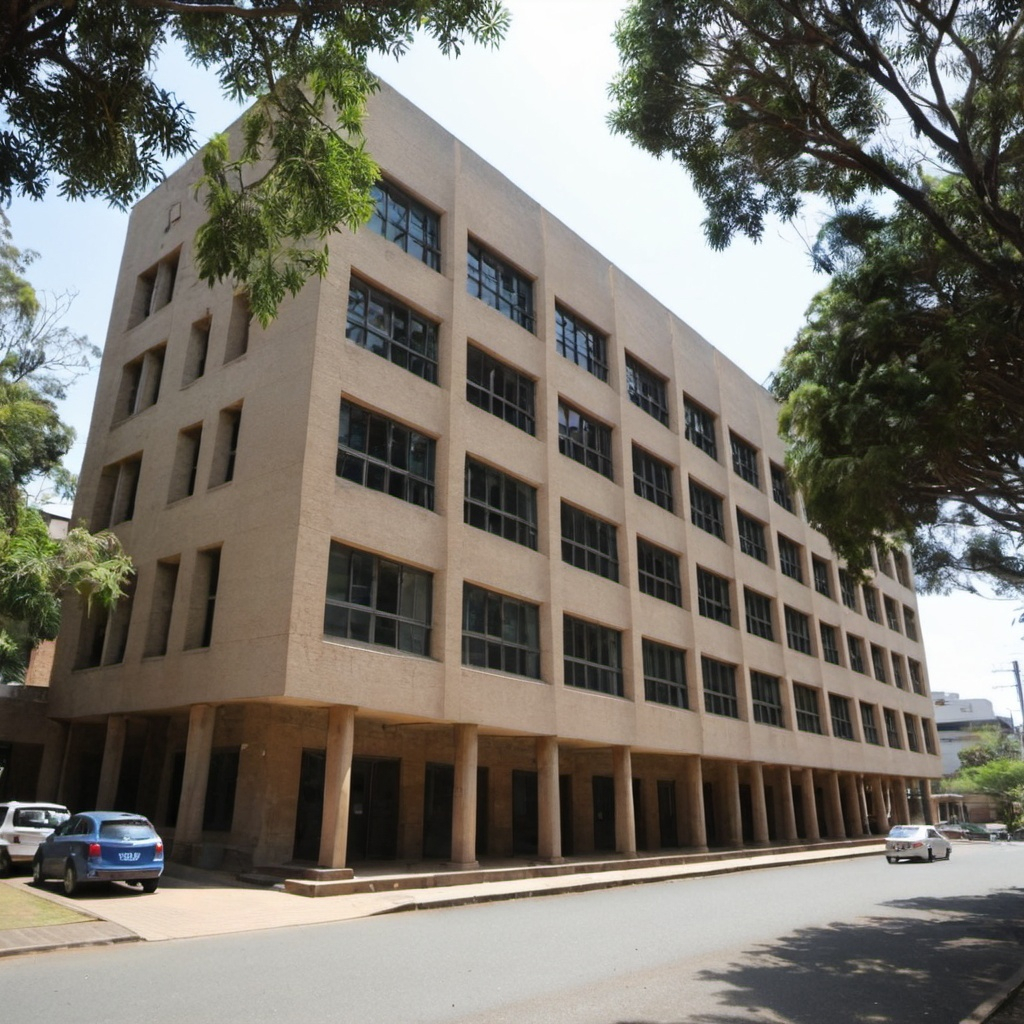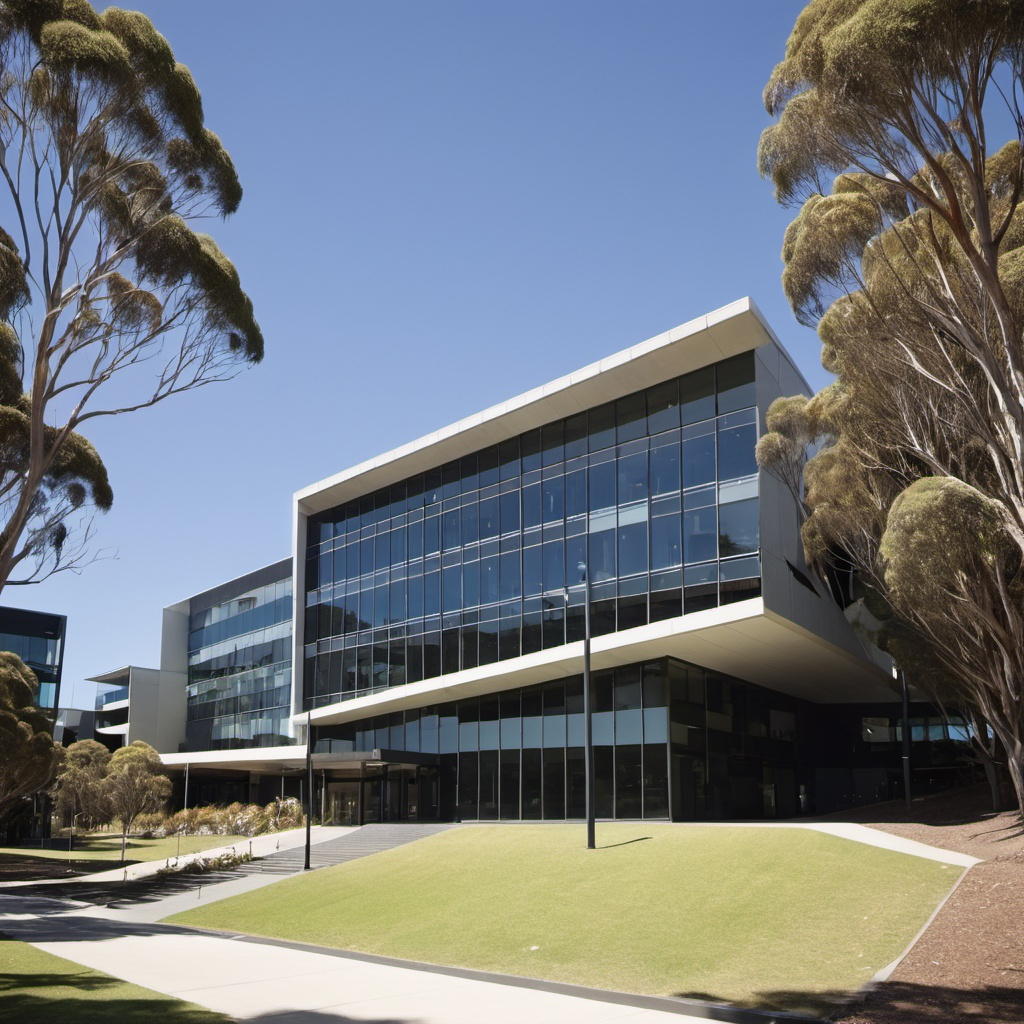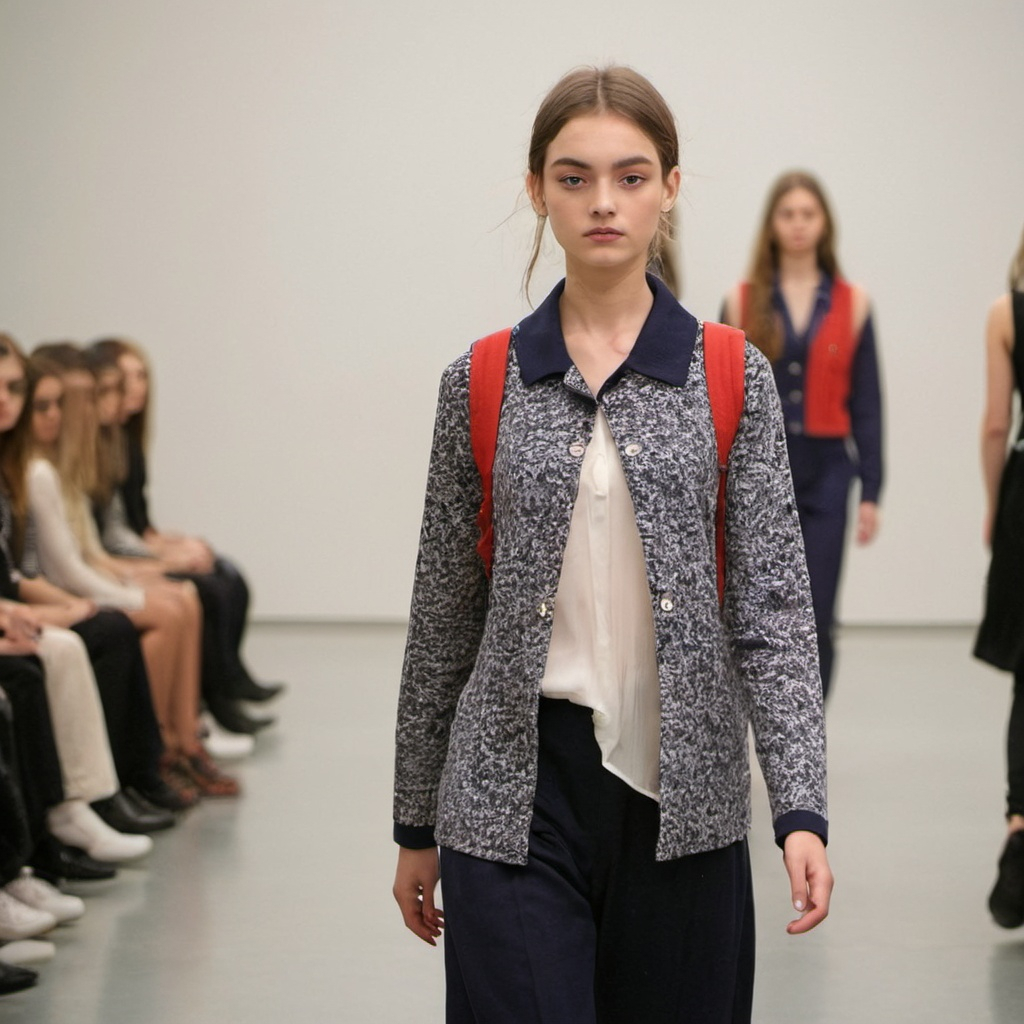Bachelor Of Fashion Designing
A Bachelor of Fashion Designing is a specialized undergraduate degree program that focuses on developing students’ skills and knowledge in the field of fashion design. It typically spans a duration of three to four years, depending on the educational institution and the specific curriculum.
During the course of study, students delve into various aspects of fashion design, including conceptualization, illustration, pattern making, garment construction, textiles, fashion history, and trend analysis. Here’s a breakdown of some key components of a Bachelor of Fashion Designing program:
Design Principles: Students learn the fundamental principles of design such as color theory, shape, proportion, balance, and harmony. These concepts form the basis of creating aesthetically pleasing and functional fashion designs.
Technical Skills: The program equips students with technical skills essential for the fashion industry, including pattern drafting, draping, sewing techniques, and garment construction. Proficiency in these areas is crucial for translating design concepts into tangible apparel.
Textile Knowledge: Understanding different types of fabrics, their properties, and how they behave is vital for a fashion designer. Students learn about textiles, fabric manipulation techniques, and textile design to effectively integrate fabrics into their designs.
Fashion Illustration: Visual communication is key in fashion design. Students learn to express their design ideas through sketching, rendering, and digital illustration techniques. This skill helps them communicate their vision to clients, manufacturers, and collaborators.
Fashion History and Trends: A deep understanding of fashion history and current trends is essential for staying relevant in the industry. Students study the evolution of fashion, cultural influences, and emerging trends to inform their design decisions and creations.
Portfolio Development: Building a strong portfolio is a critical component of the program. Students compile their best work, including sketches, illustrations, garment samples, and design projects, to showcase their skills and creativity to potential employers or clients.
Industry Exposure: Many programs offer opportunities for internships, workshops, and collaborations with industry professionals. This exposure allows students to gain real-world experience, network within the industry, and understand the business side of fashion design.
Upon completing a Bachelor of Fashion Designing, graduates can pursue various career paths in the fashion industry. They may work as fashion designers, textile designers, apparel merchandisers, fashion stylists, costume designers, or start their own fashion labels or design studios.
Overall, a Bachelor of Fashion Designing provides a comprehensive education that nurtures creativity, technical proficiency, industry knowledge, and professional skills essential for success in the dynamic and competitive field of fashion design.
Lists of schools offering scholarship

Kangan Institute
The Kangan Institute Access Scholarship has been designed to provide opportunities for access to education.

Deakin College
This scholarship is open to all students starting their studies at Deakin.

British School of Fashion
Apply for the British School of Fashion Scholarships at the Glasgow Caledonian University and study to conduct your higher education in the UK.
